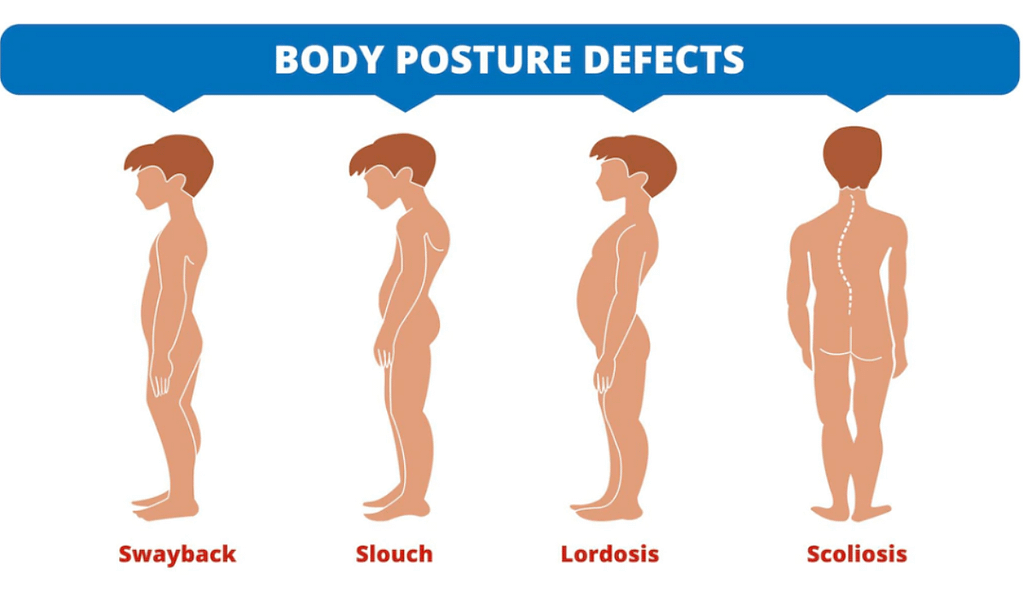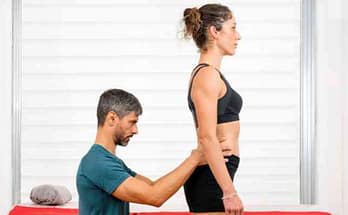When the spine’s inward curvature is exaggerated, the condition is medically known as ‘lordosis,’ and the term ‘swayback’ is its colloquial equivalent. Lordosis most commonly develops in the lumbar spine (lower back).
Postural deviation can occur when the spine curves inwards too much. There are a few subtle yet significant differences between swayback and lordosis, which are often used interchangeably. Let’s take a closer look.
Causes of Swayback vs. Lordosis
The causes of swayback and lordosis can differ quite a bit. Often, swayback is caused by weak hips and abdominal muscles, which can cause an imbalance in the pelvis, which causes the lower back to arch too much. The condition can be further aggravated by pregnancy, obesity, or wearing high heels regularly.
Lordosis, on the other hand, is typically caused by wear-and-tear changes in the spinal discs or vertebrae. These changes can lead to compression of the nerves or instability in the spine. Spondylolisthesis, a condition in which one vertebra slips forward over another vertebra, is a common cause of lordosis. Osteoporosis, scoliosis, and injury are also potential causes.

Symptoms of Swayback vs. Lordosis
The symptoms of swayback and lordosis can again differ quite a bit. Common symptoms of swayback include pain in the lower back and buttocks, difficulty standing up straight, and fatigue. On the other hand, common symptoms of lordosis include pain in the low back that worsens with standing or walking, numbness or weakness in the legs, and difficulty bending or moving.
Treatment for Swayback vs. Lordosis
The treatments for swayback and lordosis will vary depending on the underlying cause. Swayback may be treated with physical therapy exercises if weak hip muscles are the cause. Spondylolisthesis and scoliosis may be corrected through physical therapy exercises, wearing a brace, or undergoing surgery.
Swayback and lordosis are two closely related yet distinct conditions that can lead to posture problems. While they share some similarities, there are also some key differences. Suppose you think you may be suffering from either condition. In that case, it’s important to see a doctor or other medical professional so that you can get an accurate diagnosis and begin treatment as soon as possible.



